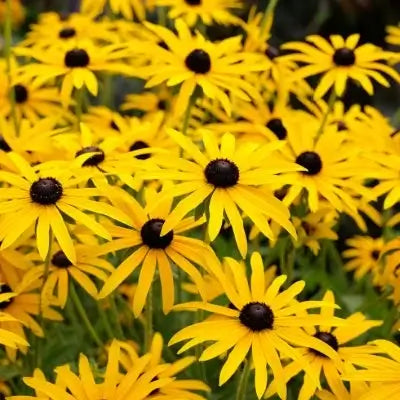The wide variety of colors of the iris gives the flower its name. It's named after the Greek word for the rainbow and the broad spectrum of colors found with the iris flower.
They're hardy perennial flowers that grow to a height of at least 26 inches. The configuration of the flower's petals forms a perfect landing area for flying insects searching for pollen. They're also popular with hummingbirds.
Planting
The iris is grown across the world, and it grows well in moist garden soil. The most popular by far is the bearded iris. They'll flower early in the summer and again later in that same season. Irises need at least six hours a day of direct sunlight. Without the sufficient sun, they won't even bloom.
Plant them between the end of July and the middle of September. The roots (rhizomes) of bearded irises are fleshy. You'll want to expose a little bit of the rhizome when planting. Plant them no less than a foot apart, and make sure there's sufficient drainage for each plant. They'll do well on an elevated bed or a slope. Don't plant them too deeply; They might not flower.
Growth and watering
Irises take time to grow. You might not see any changes for two to three weeks after planting. Growth will begin with a new center leaf. They might not even flower the first spring after planting. Because the Iris roots are newly planted, they'll need watering so their root systems will develop. Only water them until the first good rain.
General care
After three to four years, Irises will become crowded with clumps. Those result in less flowering, so the clumps must be divided. You might want to remove the clumps and plant new but more extensive rhizomes in the alternative. Make sure you keep your garden free of weeds so that your irises get optimum sunlight. Be sure the plants are spaced 12 to 24 apart to have good air circulation. Once planted, you'll enjoy and work on your irises every year with minimal care.




























































